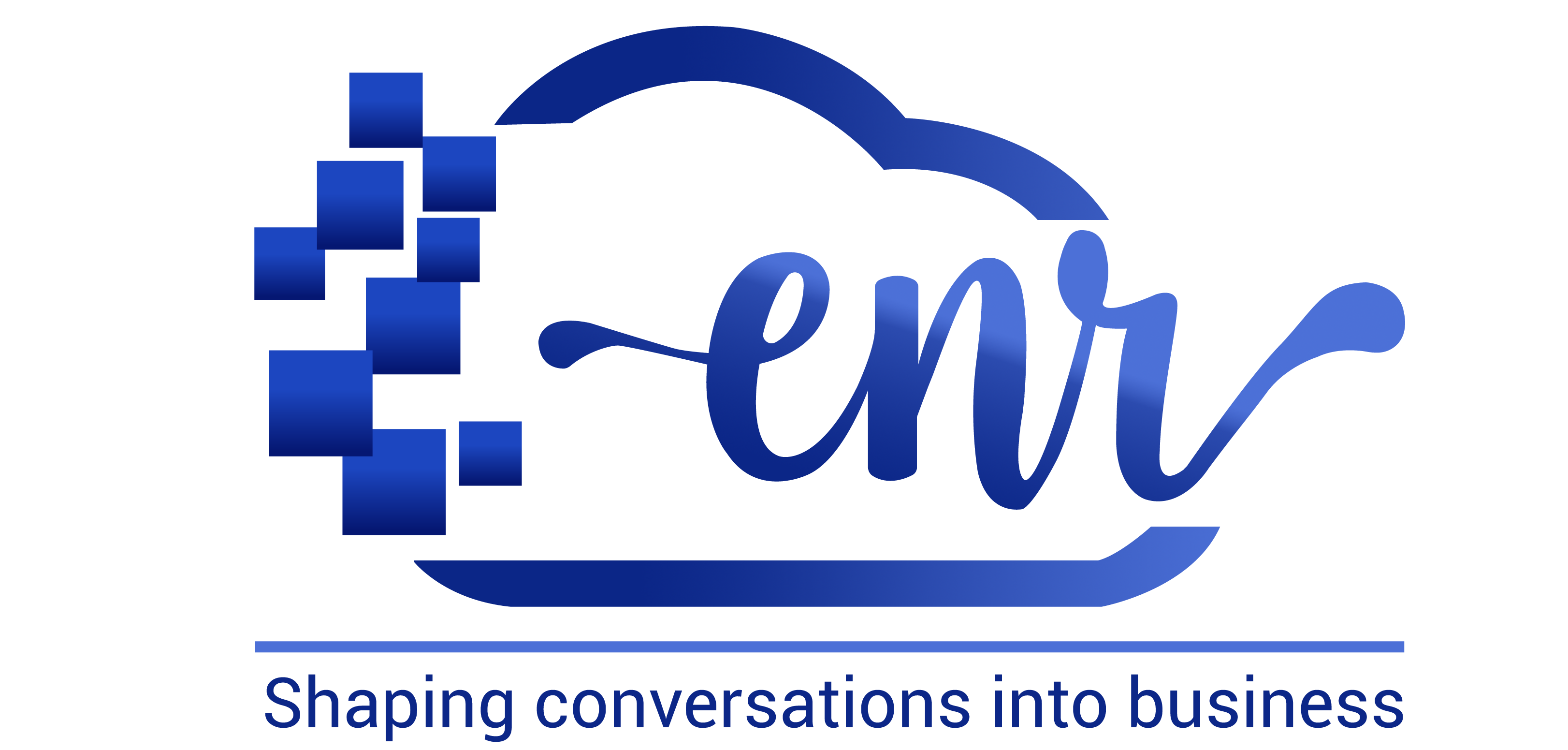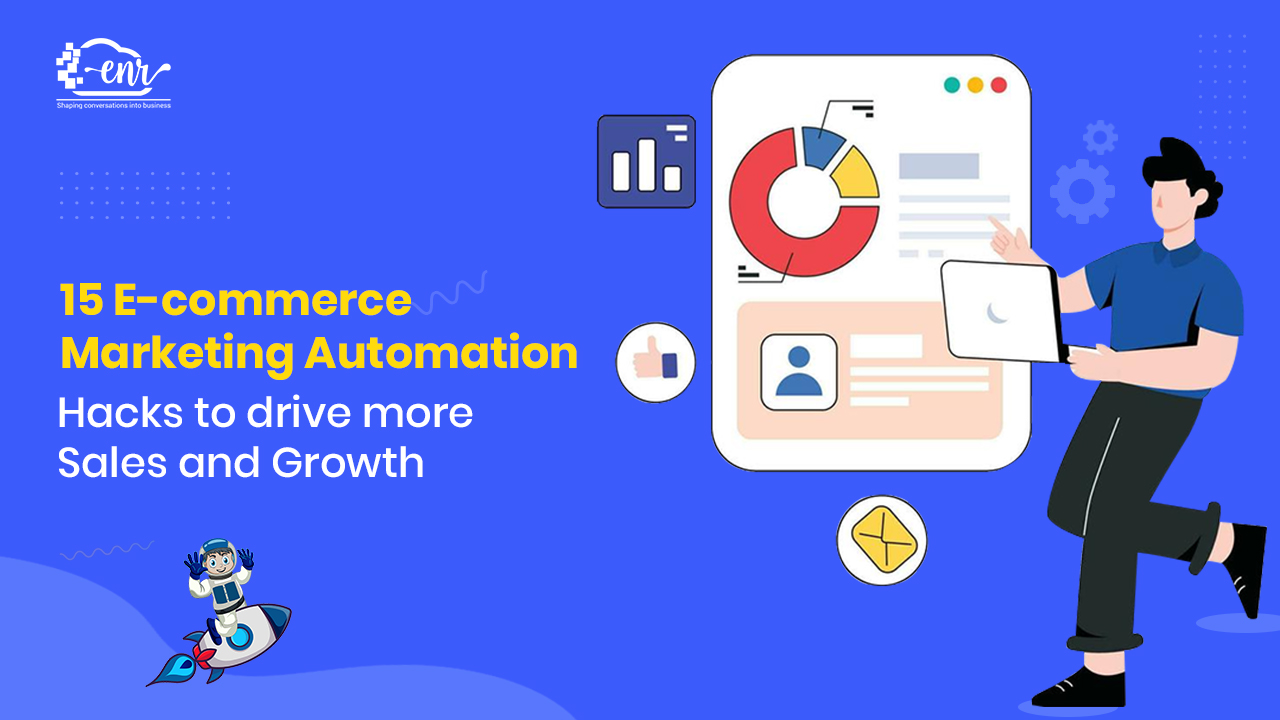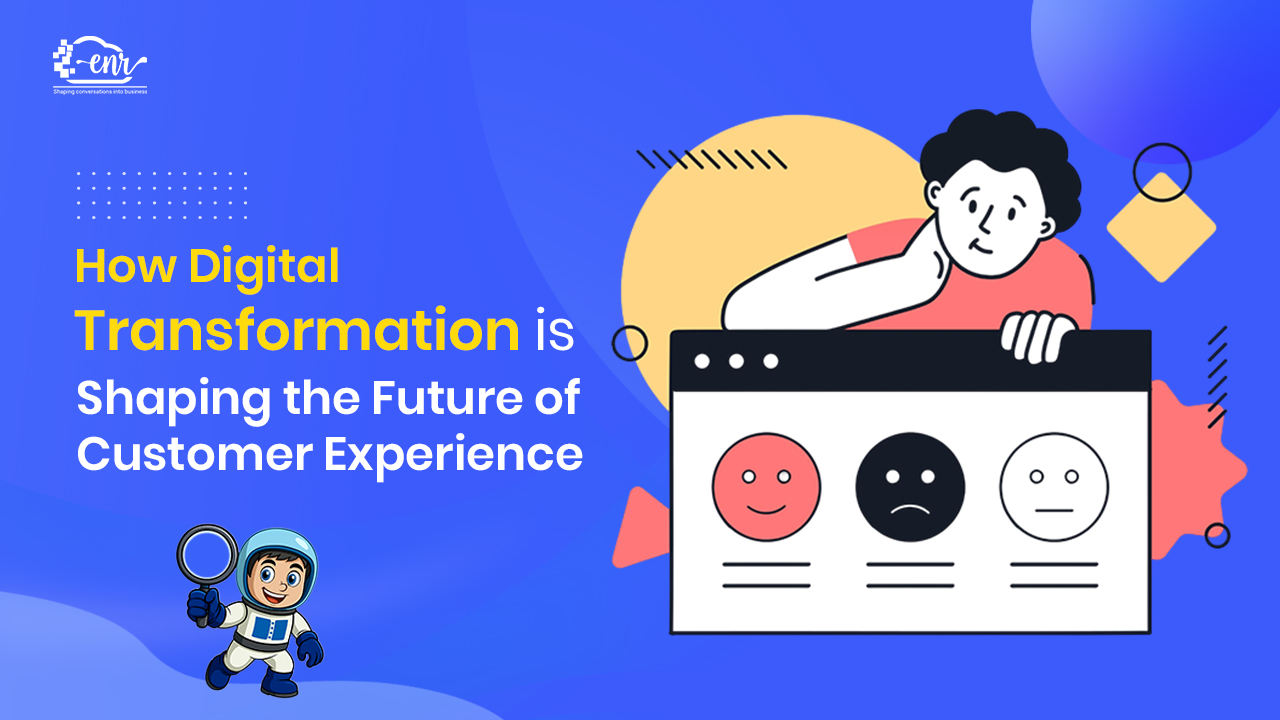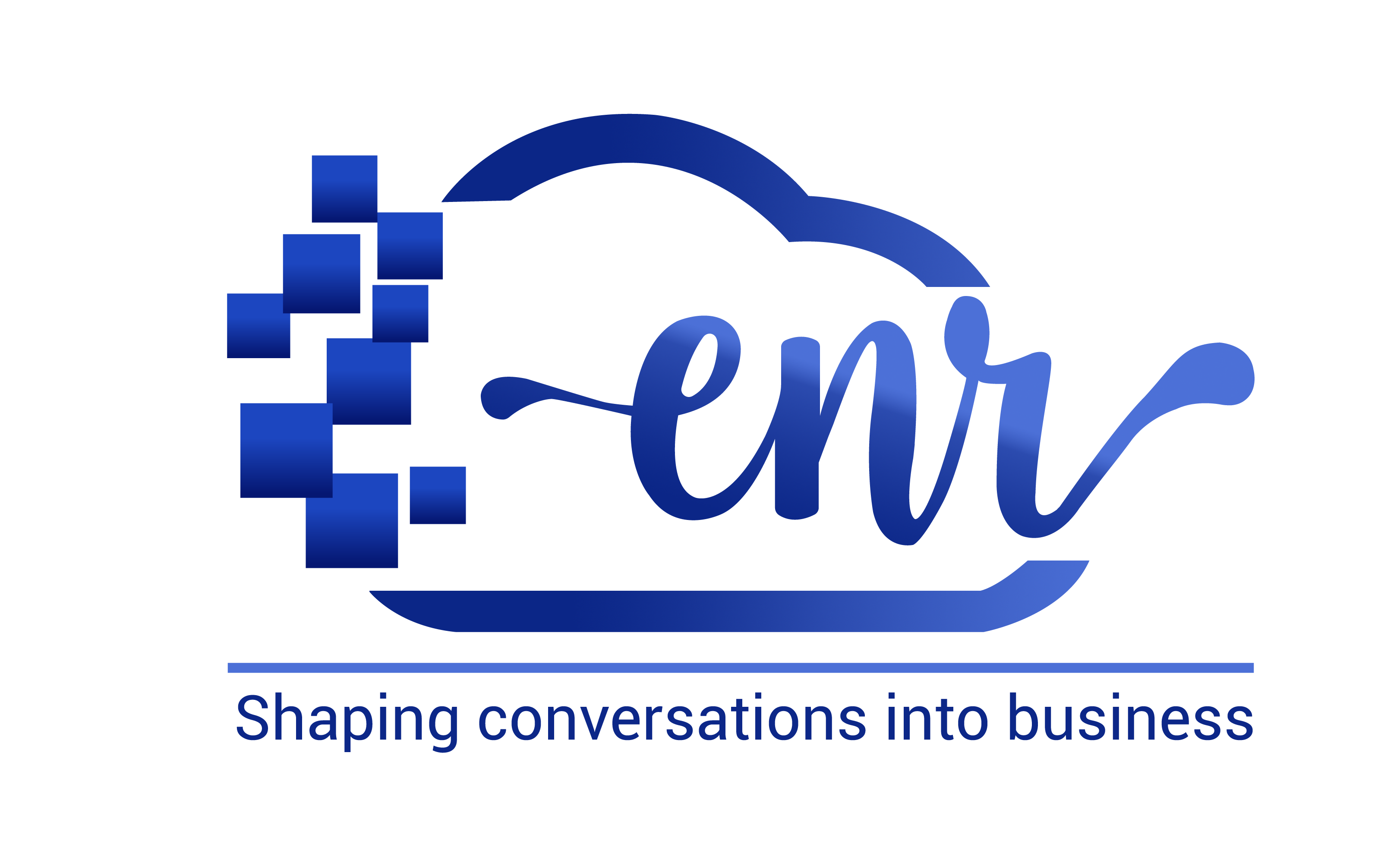In e-commerce as it is with any other business, staying ahead of the curve is non-negotiable, and the only way to do that is to keep your finger on the pulse of trends. Some trends are short-lived and some stand the test of time. The need of the hour is to use marketing automation strategies in your marketing plan to streamline operations, improve customer experiences, and boost sales.
E-commerce marketing automation can take over the repetitive tasks and can revolutionize your marketing efforts and quietly run in the background. Marketing automation is a sustainable approach to building long-term relationships with your customers without having to spend time and money on passing trends. A marketing strategist has to take care of many things at once, from managing campaigns to adding SEO to optimizing the digital content and so much more. So, you either need to hire a lot of experts to help with it or invest in a good e-Commerce marketing automation to churn out the results in real time.
Table of Contents
ToggleE-commerce marketing automation strategies
E-commerce marketing automation strategies need to be well crafted. E-commerce marketing uses many practices and channels and needs to use strategies like SEO, PPC, social media, and email marketing to attract and retain customers, create brand awareness, and increase sales.
Here are 15 powerful marketing strategies to combine with your e-Commerce store and how you can use them to leverage automation and help your business thrive and grow.
15 powerful marketing strategies
Personalized email campaigns
The modern customer has a short attention span and likes to see the messages in their inbox that meet their needs. Automation is a powerful way to capture your audience’s attention in real time. Automated email campaigns are tailored to individual customer preferences, behavior, demographics, and purchase histories, and all this is done in a dynamic environment.
Why it works: Personalization is more attractive and generates higher open rates and conversions. Personalization using marketing automation strategies can boost your e-commerce transaction rates by up to 6x. You can use e-commerce marketing automation to
- Send follow-up emails
- Share tailored product recommendations based on recent browsing.
- Use automation tools to automate personalized emails
- Back-in-stock emails are a great boost to average conversion rate (by 14%)
Abandoned cart recovery
Abandoned cart recovery messages and emails are a great way to bring back customers. Automated reminders are sent automatically to customers who left items in their shopping carts. Unfinished purchase reminders nudge the customer to complete the transaction.
What it works: Abandoned card automation recovers 10-30% of lost sales on average.
E-commerce marketing automation for abandoned cart is usually implemented in three steps: reminder, follow up with benefits, and final urgency message.
Automated welcome Email series
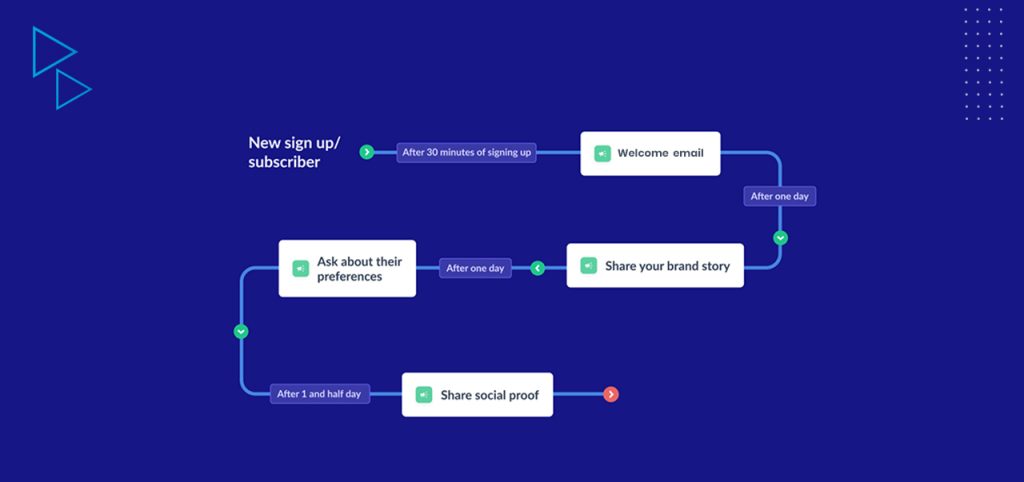
Include an automated welcome email sequence to welcome and greet new subscribers or customers.
Why it works: Welcome emails set the tone for long-term engagement and nurture new leads.
A warm, automated welcome email series is a simple way to introduce your brand, and highlight the product and core values. The welcome email includes a thank you, an introduction of best-selling products or services, and an exclusive offer or deal for a first purchase discount.
The advantage is that it builds trust and familiarity.
Dynamic product recommendations
Dynamic content means customizing it for visitors. Use the power of AI to suggest relevant products to customers across emails, websites, and apps. Marketing automation strategies can leverage AI to modify the content and images on your pages on the basis of users in session behavior, demographic data, and characteristics.
This improves the cross-selling and upselling to increase the average order value (AOV).
Post-purchase follow-up
The relationship with the customer starts after checkout. E-commerce automation helps keep the relationship alive with post-purchase communication, including automated 24*7 support. Small thank you notes, how to use the product guides, seeking reviews, and exclusive offers for the next purchase help foster loyalty and encourage repeat purchases.
Precise customer segmentation
Marketing automation strategies help segment the audience in real time based on demographics, average order value, behavior, purchase frequency, and lifecycle stage.
Why it works: Targeted campaigns resonate with customer groups and deliver relevant content. This boosts open rates and conversions.
Using social media for retargeting
e-Commerce automation is a simple way to re-engage old leads. Automation in e-Commerce is used to retarget website visitors on various social media platforms such as Facebook, Instagram, X, YouTube, and even LinkedIn.
Why it works: Social media ads bring your brand into the visibility spectrum. People tend to remember the name and the product.
Use automation to display the dynamic ads featuring products which the customers previously checked out but did not purchase.
Loyalty program integration
Customers love when they get something extra for staying back. Automation in your marketing strategies will send regular automatic updates, reminders about loyalty points, rewards, and exclusive offers.
Why it works: Loyalty programs are rewarded with retention, repeat purchases, and the customers become brand advocates. Automation can manage this program effectively by sending monthly summaries and expiry of reward points.
Include time-sensitive promotions
Creating a sense of urgency is a time-tested marketing strategy. Marketing automation strategies can conduct automated campaigns that offer lucrative but limited-time discounts or seasonal sales.
Why it works: Urgency motivates quick actions.
Include flash sales, holiday promotions, or special events in e-Commerce automation planning.
Set up automatic customer feedback collection
Knowing and understanding what the customer wants and needs is essential for improvement. Automate feedback collection after purchases, visits, and customer service request closers.
Why it works: Taking feedback builds credibility for the brand and helps plan the future developments and campaigns.
Include asking for product reviews in exchange for discounts and send post-purchase surveys.
Exit-intent popups
Exit-intent popups can be automated to send exclusive offers when a customer is about to leave the site or purchase window.
Why it works: It reengages with the customers and entices them to complete the purchase.
Exit-intent popups in e-Commerce automation greatly reduce the bounce rates and increase conversions specially in first-time visitors.
SMS marketing
SMS remains one of the most popular forms of getting in touch with the customers. Automated SMS alerts can include order updates, exclusive deals, or abandoned carts.
Why it works: SMS has an open rate of more than 90%.
Use automation to send timely messages about new products, favorite items, follow-ups, order updates, purchase options, etc. Make sure that your SMSs are concise and add value without being intrusive.
Build lead nurturing campaigns
Not every lead makes a purchase in first visit. Sometimes they are browsing, and sometimes they are just doing comparisons. Set up automation to nurture the leads that provides valuable information slowly and keeps the customer hooked.
Why it works: Keeping visibility at all touchpoints builds trust and converts leads into paying customers.
Educate the customers over time through welcome messages, videos, or blogs giving product benefits; offer to share testimonials and limited time discounts.
Birthday and Anniversary Campaigns
Set up e-Commerce marketing automation to send celebratory emails with exclusive offers on special occasions.
Why it works: The personal touch of such messages builds a strong relationship with the customer.
You can include discounts and offers in automation for birthdays and anniversaries.
Seasonal campaign automation
Include seasonal promotions in your automation marketing strategies. Plan the seasonal promotions, like Diwali sale or Christmas sales in advance.
Why it works: Automation handles timely execution and saves a lot of time.
Launch multi-channel campaigns such as emails, SMSs, and social ads that run before, during. and for some time after the holiday season.
Conclusion
E-commerce marketing automation has immense potential to streamline the business operations and scale your business to new heights. By using the simple strategies, you can unlock the full power of automation and increase the customer base and enjoy revenue growth.
Read Also: How To Measure Customer Loyalty: 7 Important Metrics
Written By – Raushan Raj
The Email Deliverability Guy! The Man behind brand’s Email strategy to acheive their engagement and retention goals and elevate user experiences. 📈
